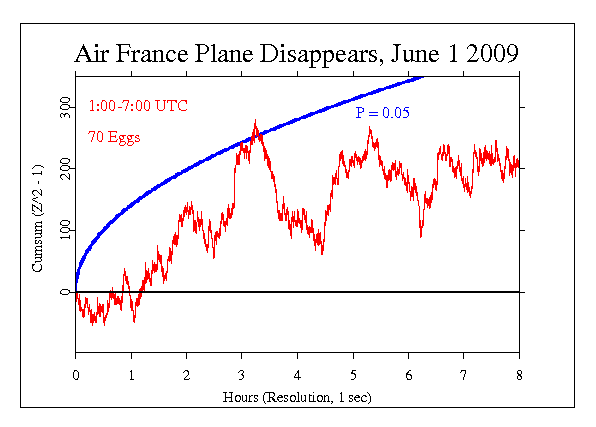|
On June 1 2009, an Air France jet with 228 people on a
flight to Paris vanished over the Atlantic Ocean after
flying into towering thunderstorms and sending an automated
message that the electrical system had failed. A vast search
began Monday, but all aboard were feared killed.
The four-year-old Airbus A330 left Rio Sunday night with 216
passengers and 12 crew members on board, said company
spokeswoman Brigitte Barrand. Most of the passengers were
Brazilian and French, but 32 nations in all were
represented, including two Americans.
The plane was cruising normally at 35,000 feet and 522 mph
just before it disappeared nearly four hours into the
flight. No trouble was reported as the plane left radar
contact, beyond Brazil's Fernando de Noronha archipelago, at
10:48 local time.
But just north of the equator, a line of towering
thunderstorms loomed. Bands of extremely turbulent weather
stretched across the Atlantic toward Africa, as they often
do in the area this time of year.
The plane "crossed through a thunderous zone with strong
turbulence," Air France said. About 14 minutes later, at
11:14 p.m. local time, an automatic message was sent
reporting electrical system failure and a loss of cabin
pressure. Air France said the message was the last
In the meantime, fears have been confirmed
and searchers have found some wreckage and have recovered a
few bodies that are almost certainly passenger from the
ill-fated flight.
The GCP event was set for an 8 hour period beginning
about the time of takeoff, apparently shortly after 19:00
local time. This is 22:00 Sunday, May 31 to 06:00 Monday
June 1, UTC, about the time the plane was to have arrived in
Paris. The result shows Chisquare 29025.358 on 28800 df, for
p = 0.174 and Z = 0.939.

It is important to keep in mind that we have only a tiny
statistical
effect, so that it is always hard to distinguish signal from
noise. This means that every "success" might be largely
driven by chance, and every "null" might include a real
signal overwhelmed by noise. In the long run, a real effect
can
be identified only by patiently accumulating replications of
similar analyses.
|